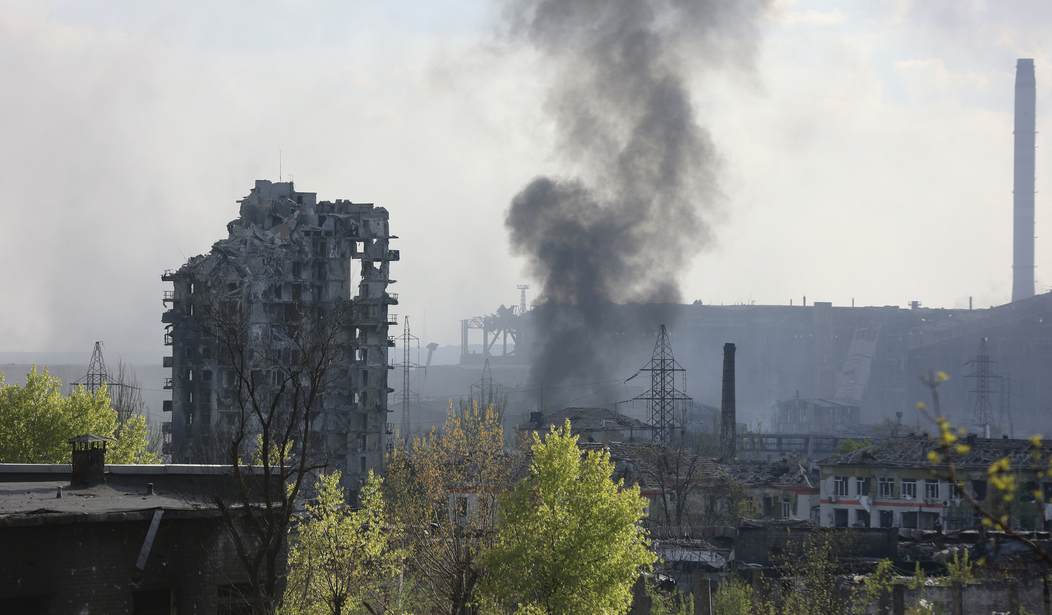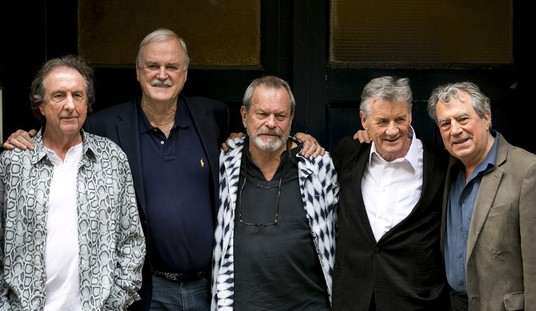It feels like years since the early days of the Russia-Ukraine War, when fast-moving Russian advances were halted by shockingly effective Ukrainian defenses, followed by even more shocking retreats from Kyiv and Kharkiv.
The war has since become a long, hard slog, with much hinging on the long running Battle of Severodonetsk in the East.
If — when? — Russian forces finally secure all of Severodonetsk, Moscow’s capture of the largely Russian-speaking “independent” regions of Donetsk and Luhansk will be complete. As a brutal bonus, the defenders there are the cream of the Ukraine Army, who risk being surrounded and wiped out.
The Wall Street Journal reported early on Thursday:
Russian troops have made slow gains in the city, at heavy costs to both sides. They have so far failed in their efforts to take it over completely and move on to an offensive against remaining Ukrainian-held parts of Luhansk, such as Lysychansk, across the Siverskyi Donets river from Severodonetsk. But that standoff now appears to be shifting.
Other reports indicate that Russian losses have been heavy enough that Moscow has been forced to use undertrained troops and outdated equipment. “Force generation” — that is, the combination of training, equipment, and morale that create combat power — remains a problem for Russian leaders:
Members of the Russian military community continue to comment on the shortcomings of Russian force generation capabilities, which are having tangible impacts on the morale and discipline of Russians fighting in Ukraine. Russian milblogger Yuri Kotyenok claimed that Russian troops lack the numbers and strength for success in combat in Ukraine.[3] Kotyenok accused Russian leadership of deploying new and under-trained recruits and called for replenishment of forces with well-trained recruits with ground infantry experience—though the Russian military is unlikely to be able to quickly generate such a force.
While force generation is without a doubt a serious problem, I’m less certain that it’s a fatal flaw. Historically, Russia has relied on artillery — and lots of it — to make up for any deficiencies in the quality of their infantry.
Foreign Policy had a sharp explainer piece on Monday, detailing how massed artillery is an “old tradition with brutal uses” for Russian forces.
Here’s the crux of military historian Lucian Staiano-Daniels’ article:
All armies work around their flaws. If Russia’s artillery was historically good, this may have been because that was an area in which it was less difficult for individuals to make improvements even when the rest of the army struggled to reform.
The Russian commitment to large guns outlived the tsars. The Soviet Red Army was built around artillery and used it to great effect during World War II. The goal then was to soften up things for the infantry, knocking out enemy defenses with heavy artillery barrage—and with understandably little regard for German civilian casualties.
And so it goes now in Ukraine. With enough big guns behind them, Russian troops don’t have to be good, they just have to be there. As a result, they’re suffering losses that would make Western leaders and civilians blanch, but Russians will tolerate.
The Ukraine Army’s artillery generally lacks Russia’s in numbers, range, and caliber.
That doesn’t mean, however, that a Russian victory in Severodonetsk is assured. This week, Ukraine will receive more High Mobility Artillery Rocket Systems (HIMARS) from the US. HIMARS rockets have a 48-mile range and could be used with devastating effect against Russian artillery.
To put it in layman’s terms (and I’m just a well-read layman), counterbattery fire is when your artillery (rockets are considered a kind of artillery) detects incoming artillery rounds and then fires back at the attacking guns.
Rockets are fast and can be fired and well on their way to the other guy’s guns before the other guy’s guns have a chance to redeploy out of harm’s way.
But Ukraine is receiving only a few HIMARS systems, and missiles are much more expensive — and more scarce — than simple artillery rounds.
There’s no predicting exactly how the potentially decisive Battle of Severodonetsk will play out, but the old saying is that God is on the side of the heavy artillery.










Join the conversation as a VIP Member